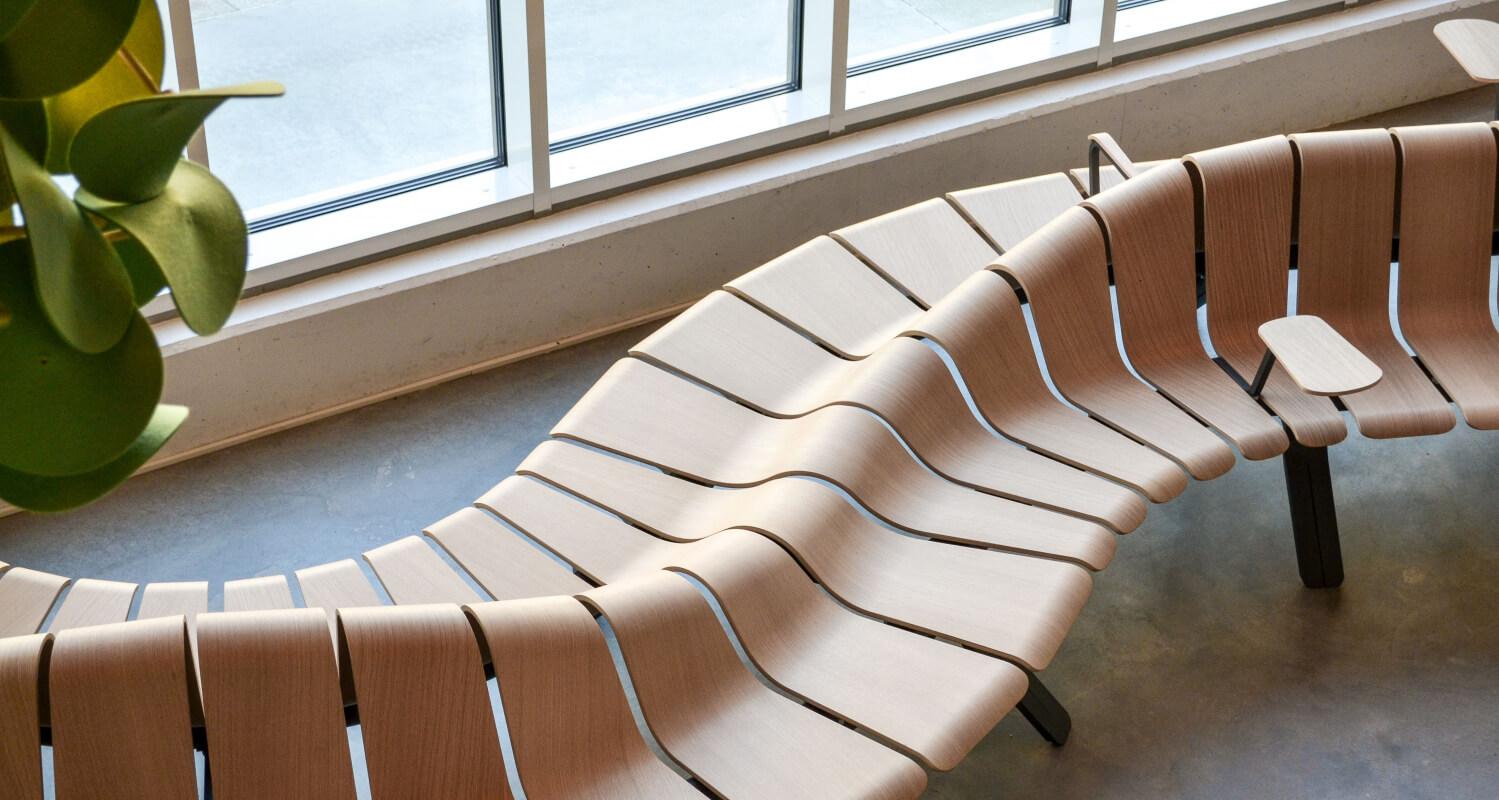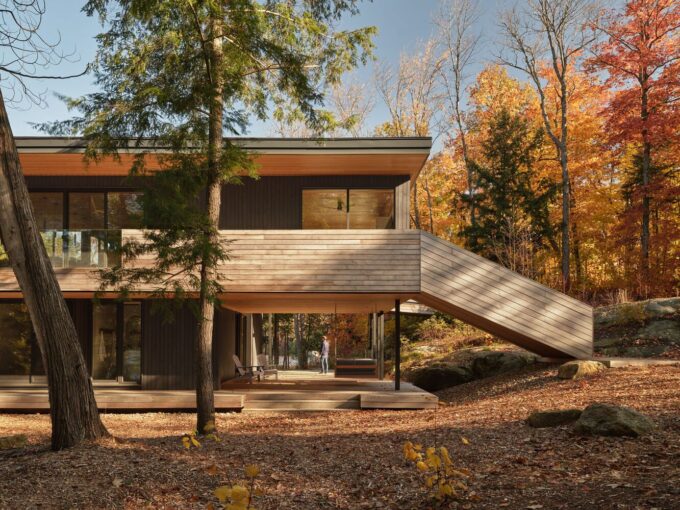- Home
- Articles
- Architectural Portfolio
- Architectral Presentation
- Inspirational Stories
- Architecture News
- Visualization
- BIM Industry
- Facade Design
- Parametric Design
- Career
- Landscape Architecture
- Construction
- Artificial Intelligence
- Sketching
- Design Softwares
- Diagrams
- Writing
- Architectural Tips
- Sustainability
- Courses
- Concept
- Technology
- History & Heritage
- Future of Architecture
- Guides & How-To
- Art & Culture
- Projects
- Interior Design
- Competitions
- Jobs
- Store
- Tools
- More
- Home
- Articles
- Architectural Portfolio
- Architectral Presentation
- Inspirational Stories
- Architecture News
- Visualization
- BIM Industry
- Facade Design
- Parametric Design
- Career
- Landscape Architecture
- Construction
- Artificial Intelligence
- Sketching
- Design Softwares
- Diagrams
- Writing
- Architectural Tips
- Sustainability
- Courses
- Concept
- Technology
- History & Heritage
- Future of Architecture
- Guides & How-To
- Art & Culture
- Projects
- Interior Design
- Competitions
- Jobs
- Store
- Tools
- More
Sustainable Materials in Modern Furniture Design

The environmental footprint of our daily lives is receiving unprecedented attention, and furniture design is no exception. The integration of sustainable materials into modern furniture design not only addresses environmental concerns but also offers new aesthetics and long-term durability. This article delves into the use of these eco-friendly materials, their benefits, and some popular choices in today’s market.
Modern furniture design, often confused with “contemporary” design, primarily refers to a design movement that originated in the late 19th century and flourished in the mid-20th century. The Modernist movement sought to break away from traditional forms, embracing minimalism, function, and new materials made available by technological advancements. Modern design emphasizes function, believing that a piece’s utility should dictate its form. Unlike earlier designs laden with intricate carvings and ornamentation, modern pieces often have clean, unadorned lines.
Modern furniture typically boasts simple, sleek lines and un-fussy designs. There’s an “less is more” approach, where unnecessary details are eliminated, focusing on the essence of the piece. he Modernist movement embraced technological advancements. As a result, modern furniture made extensive use of new materials like molded plywood, metal, and later on, plastics. In this article, we will explore sustainable materials in modern furniture design.

Why Sustainable Materials Matter
Furniture manufacturing historically has been associated with deforestation, the use of non-renewable resources, and waste. Sustainable materials aim to reduce these negative impacts by:
- Conserving Resources: Sustainable materials often involve recycled or renewable resources, reducing the drain on finite resources.
- Reducing Pollution: Sustainable furniture often comes with reduced carbon footprints, lower chemical emissions, and reduced waste, contributing to a healthier environment.
- Enhancing Durability: Eco-friendly materials tend to be long-lasting, which means furniture won’t need to be replaced as often, reducing waste and consumption.

Credit: Your Guide to Vegan and Sustainable Home Furnishing — Sustainably Chic (sustainably-chic.com)
Popular Sustainable Materials in Furniture Design
- Bamboo: Quick to grow and harvest, bamboo is a renewable alternative to traditional hardwoods. Its tensile strength rivals steel, making it durable, and its unique appearance provides a fresh aesthetic.
- Reclaimed Wood: Sourced from old buildings, barns, and even wine barrels, reclaimed wood ensures no new trees are felled for your furniture. Each piece carries a unique history, adding character and narrative to design.
- Recycled Metal and Plastic: Instead of extracting new resources, designers are incorporating recycled metals and plastics into sleek, modern furniture pieces.
- Cork: Not just for wine bottles, cork is a renewable resource that offers a unique texture and is often used in seating, tables, and flooring.
- Organic Cotton and Wool: For upholstery, organic cotton and wool are devoid of harmful pesticides and chemicals, making them both eco-friendly and hypoallergenic.
- Natural Latex: As an alternative to petroleum-based foams, natural latex offers resilience and comfort, especially in mattresses and cushioning.

Credit: Stylishly Sustainable: Second Hand Furniture Stores in Melbourne (sitchu.com.au)
Benefits of Sustainable Furniture Design
- Environmental Conservation: As more designers adopt sustainable materials, the industry as a whole reduces its carbon footprint and reliance on non-renewable resources.
- Economic Viability: With the rising demand for green products, sustainable furniture often comes with a premium market value. Additionally, longer-lasting products mean reduced replacement costs.
- Health Benefits: Furniture made from sustainable materials typically has lower volatile organic compounds (VOCs), which translates to healthier indoor air quality.
- Innovative Aesthetics: Sustainable materials offer designers new textures, finishes, and narratives, pushing the boundaries of traditional design.

Credit: Stylishly Sustainable: Second Hand Furniture Stores in Melbourne (sitchu.com.au)
While “modern” denotes a specific historic and stylistic period, its principles still influence today’s “contemporary” designs. As contemporary design is ever-evolving, it often integrates elements from various eras, including those of modern design. Hence, modern furniture pieces remain timeless, finding their place seamlessly in today’s homes and offices.
Sustainable materials in modern furniture design aren’t just a trend; they represent a necessary shift towards responsible consumption and innovation. As consumers increasingly prioritize the planet’s health, the industry’s pivot towards sustainable materials not only makes environmental sense but also paves the way for fresh, innovative designs that define the homes and offices of the future.

Submit your architectural projects
Follow these steps for submission your project. Submission FormLatest Posts
The Ultimate Guide to Fencing in North Dakota: Choosing the Best Fence for Your Property
Watching a chain link fence twist in 70 mph winds near Minot...
Gaudí: Where Architecture Meets Science
Gaudí: Where Architecture Meets Science shows catenary arches, ruled surfaces, and biomimicry...
How Housing Market Forces Shape Architectural Design Today
Architecture never exists in isolation. Buildings rise from a mix of ambition,...
Why Portable Formaldehyde Gas Detectors Matter on Construction Sites
As construction practices shift toward more enclosed and material-intensive environments, the risk...












Leave a comment